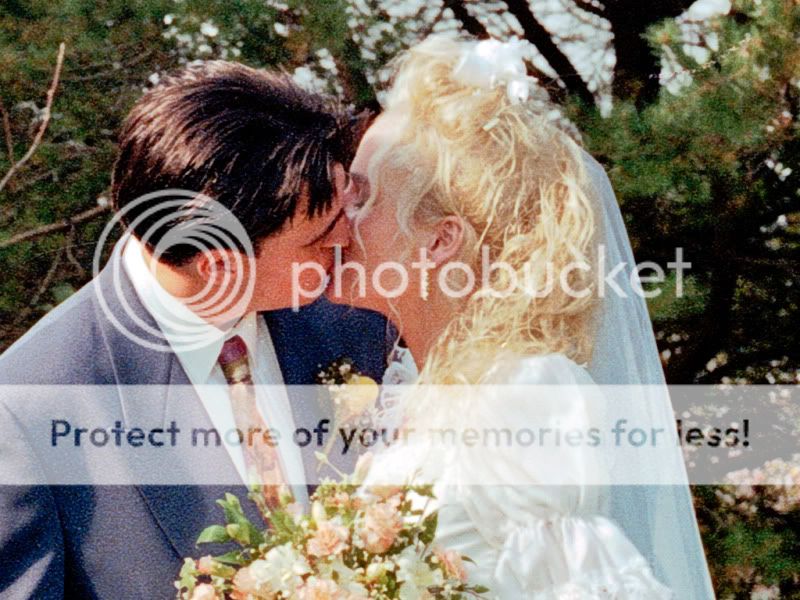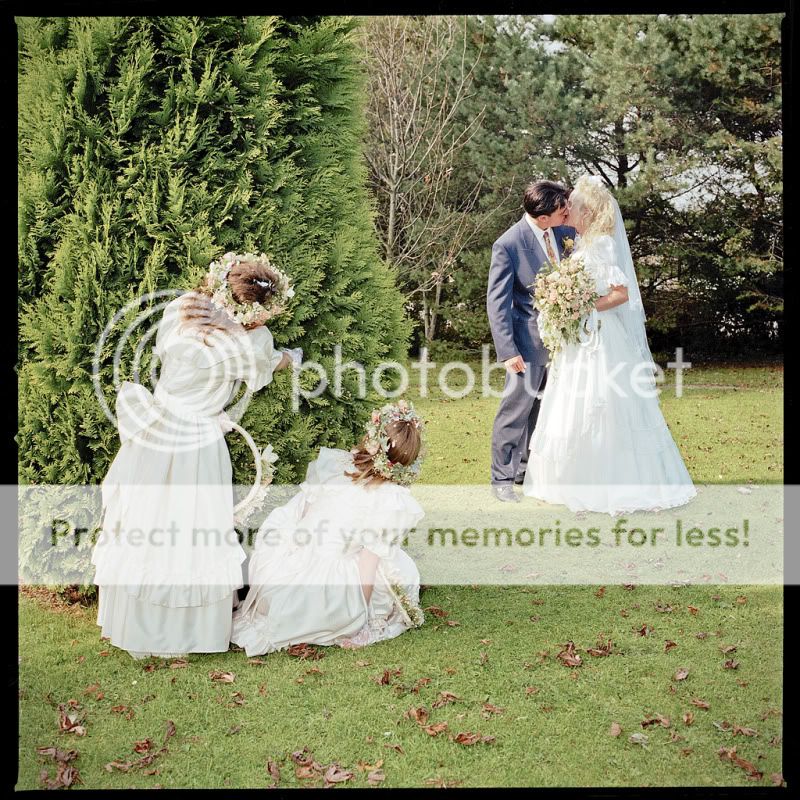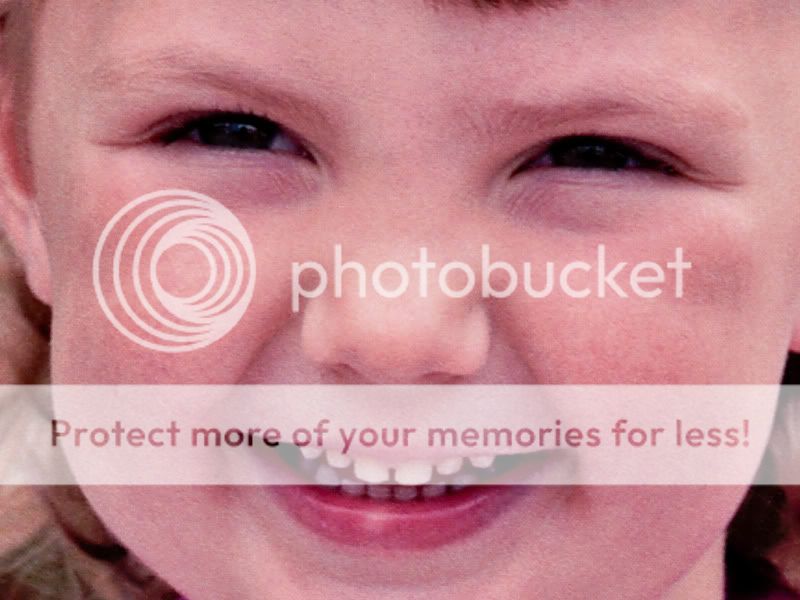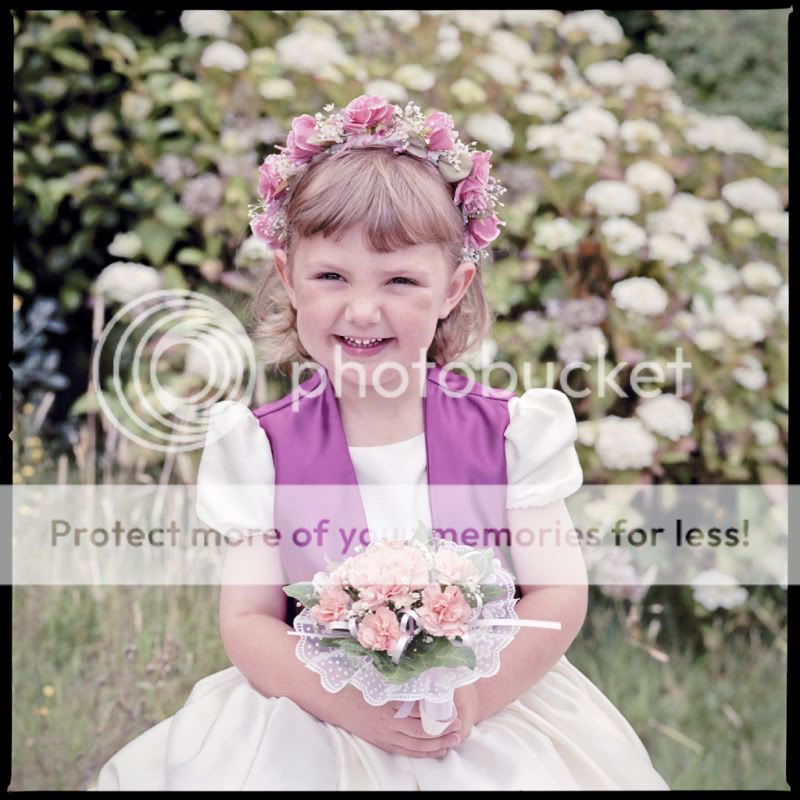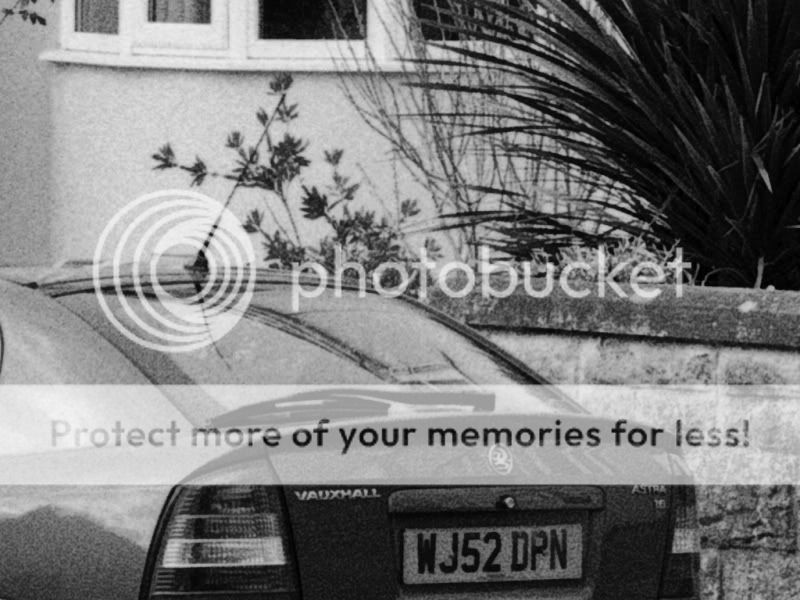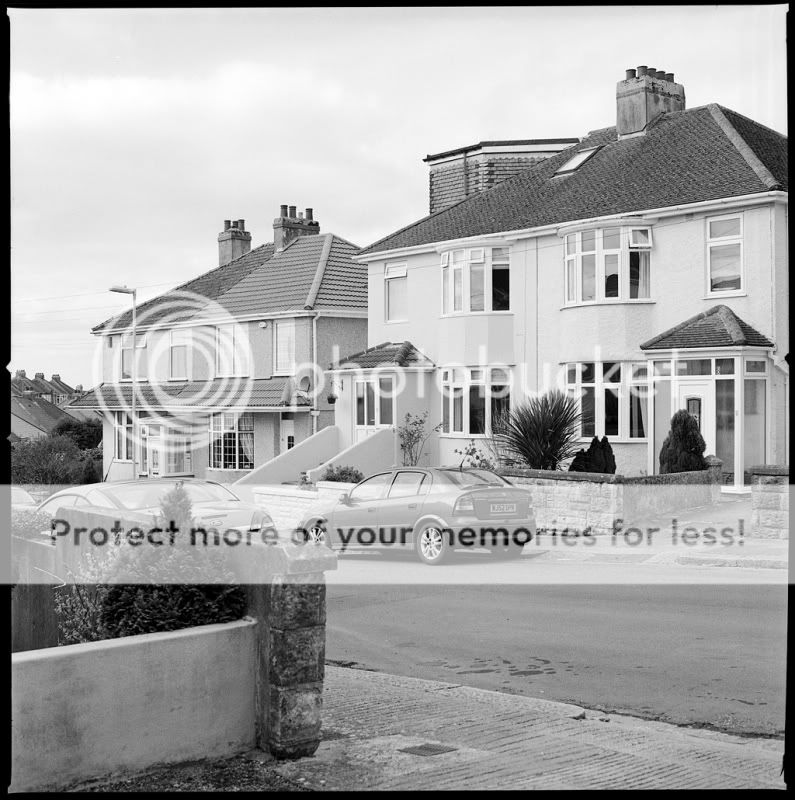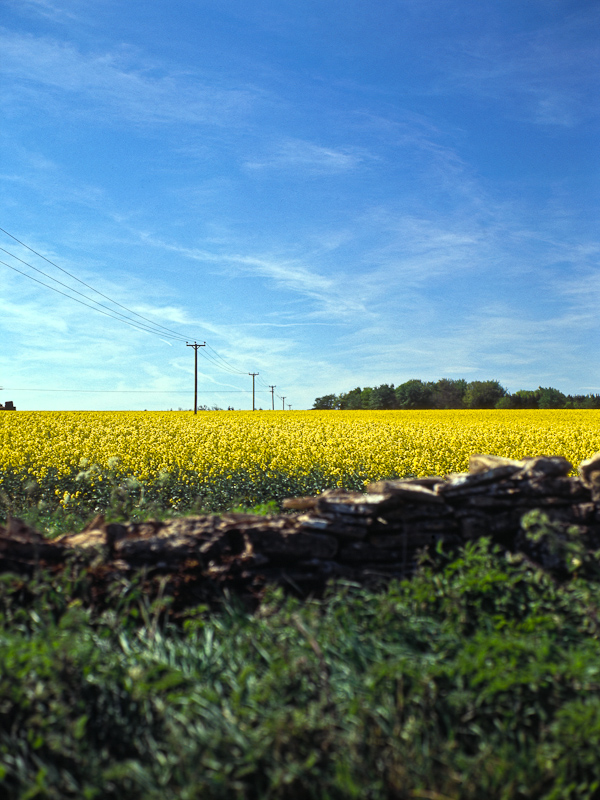- Messages
- 7,179
- Name
- Edward Bray
- Edit My Images
- Yes
I am certainly going to be using more film again in the future now that I have a means of getting really high quality scans at home with my Epson V750 Pro scanner.
This was an image I scanned for my new Albelli book, but when I realised how good it was I rescanned it again at a higher setting, scanned at 4800 dpi with Digital Ice on. No PP at all has been done to the linked image (hence the spots and hair in the background).
The image would have been taken on a Nikon (probably an FE2) with Nikon glass but do not have any details to hand but probably a 105mm lens.
100% crop of original scan No PP
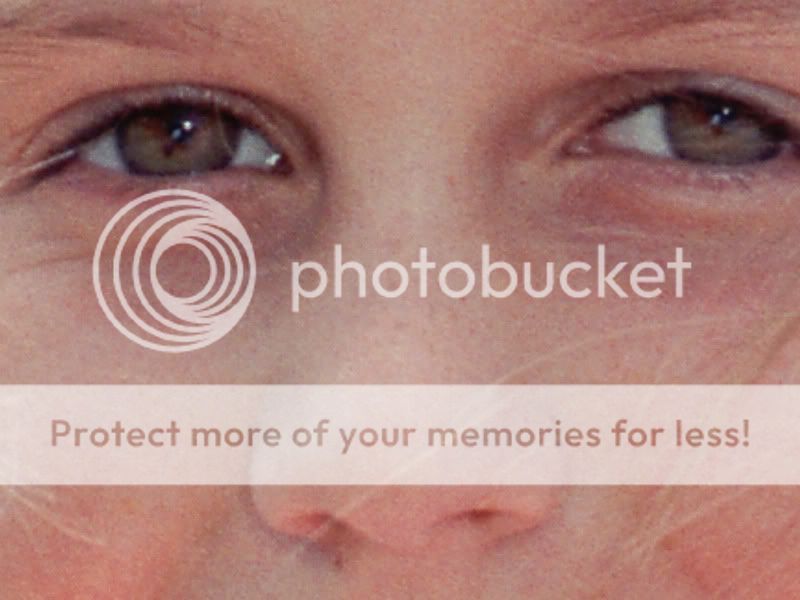
Full frame image
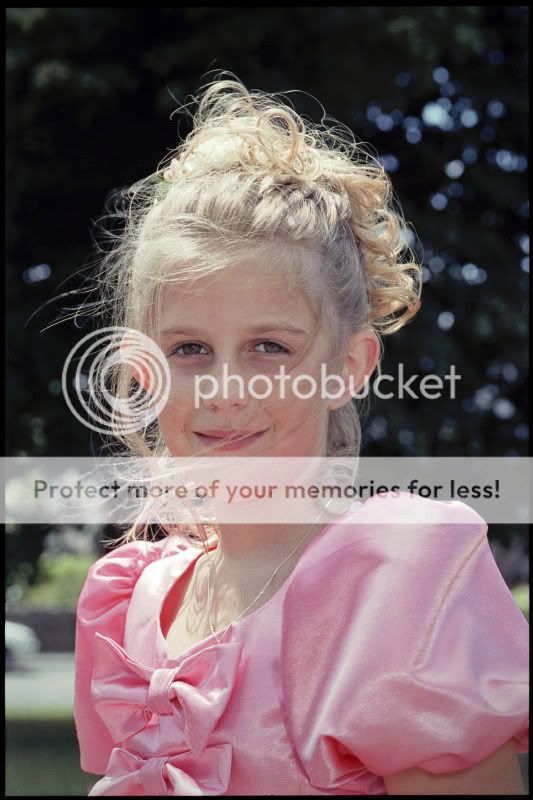
Link to full sized image (very large) No PP, Worth a look just to see what is possible, original image was a 181MB TIFF.
This was an image I scanned for my new Albelli book, but when I realised how good it was I rescanned it again at a higher setting, scanned at 4800 dpi with Digital Ice on. No PP at all has been done to the linked image (hence the spots and hair in the background).
The image would have been taken on a Nikon (probably an FE2) with Nikon glass but do not have any details to hand but probably a 105mm lens.
100% crop of original scan No PP

Full frame image

Link to full sized image (very large) No PP, Worth a look just to see what is possible, original image was a 181MB TIFF.
Last edited:


